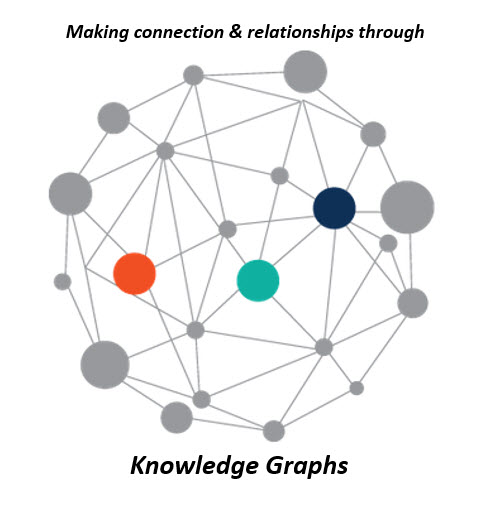![]() Thinking about ecosystems certainly allows us to go out of our normal scope of invention, innovation and being creative.
Thinking about ecosystems certainly allows us to go out of our normal scope of invention, innovation and being creative.
The ability to tackle those larger societal problems within an ecosystem, or combine unique resources to overcome a complex challenge you are incapable of solving alone, does have greater potential in a collaborative adaptive system.
Ecosystem co-operations can allow you to align with others, totally outside your existing relationships, so you can enter new markets, explore new concepts and design, that would have been impossible as an individual organization.
Applying ecosystem thinking offers you the collaborative ability to extend beyond more traditional channels of delivery, or restricted to only utilizing your existing infrastructure. It allows you to search and build on others specialization that “greater” innovation.
We are all making greater connections within ourselves, as we find and connect, not just into our own “tribes” that all the different social platforms are providing, so as to establish our own personal identity. Crowdsourcing is another example that is offering huge potential to exploit new frontiers, as it can encourage us to forge, and connect, so as to serve and grow whole new communities from ‘simple’ beginning, building on real-time knowledge, collaborations and resolving challenges and problems we know are “out there” but we, alone, did not have the means to solve.
The future of collaborations can increasingly share previously idle or under-utilized assets, it can extend the life, it can extract that ideal knowledge, often locked in one organization. We are seeing the most valuable companies that are emerging today are largely based on sophisticated platform business models where ecosystems are vital to their health and global ambitions (Apple, Amazon, Car Manufacturers are all examples).
Ecosystems built around specific platform designs are the future of innovation that takes designs and solutions into a new realm of opportunity, built on collaborative engagement and common missions. As we learn we adapt, as we share we grow.
But be aware – the challenges are difficult to work through








